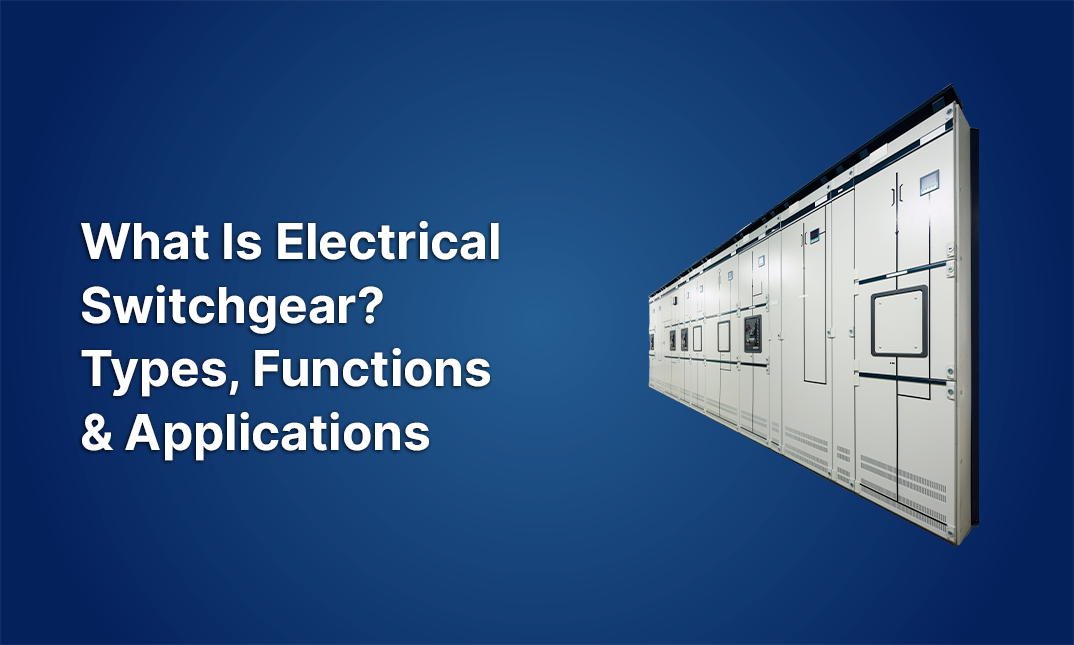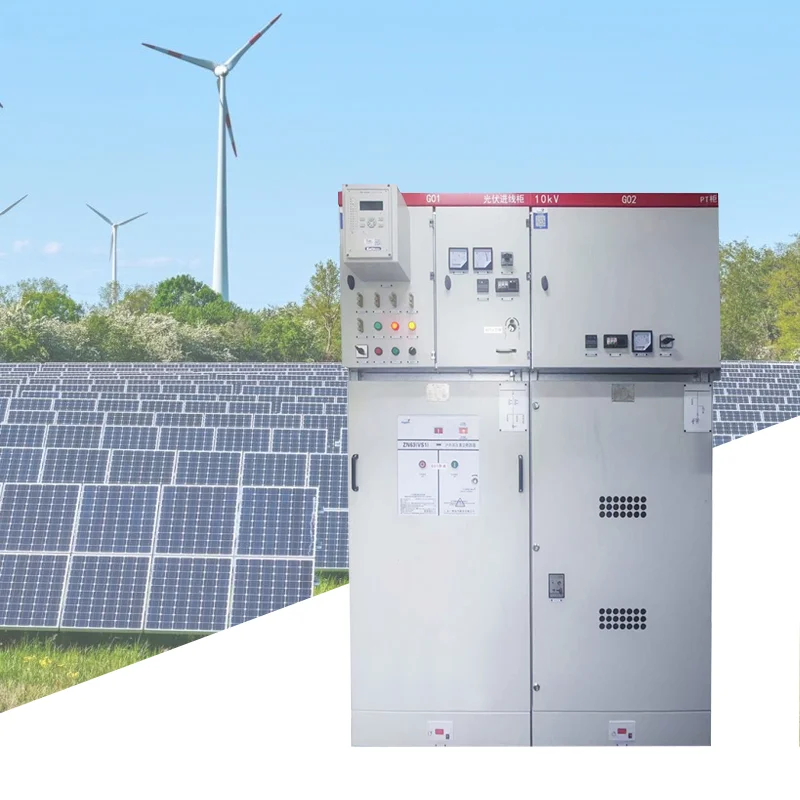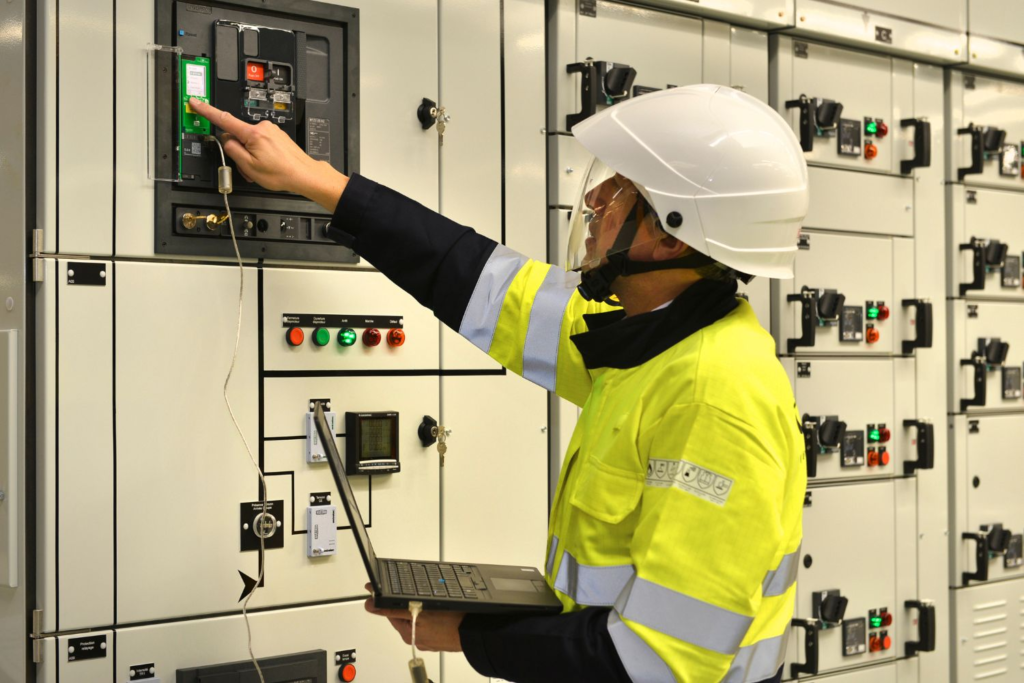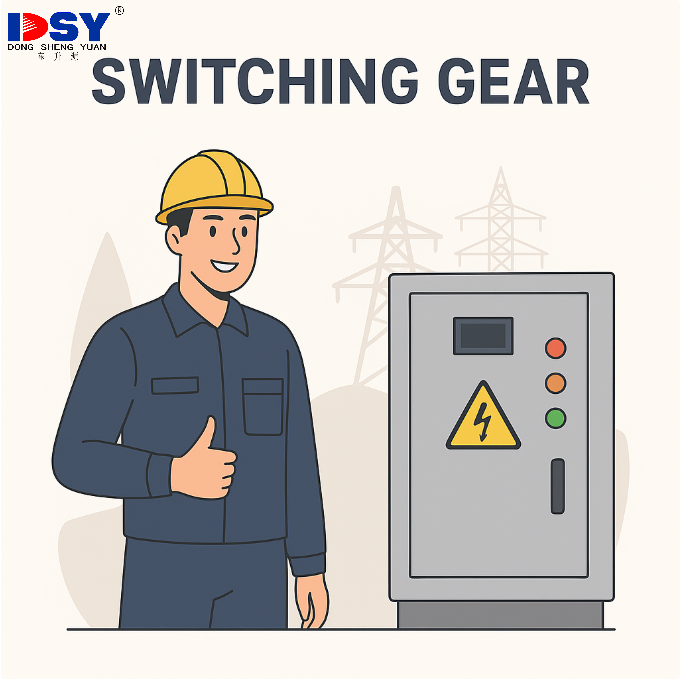When it comes to electrical power distribution, switchgear plays a critical role in ensuring safe and reliable operation. One of the first decisions electrical engineers, contractors, and procurement managers face is whether to use Low Voltage (LV) switchgear or Medium Voltage (MV) switchgear.
Choosing the right type depends on several factors such as system voltage, load capacity, safety requirements, and cost. In this article, we will walk you through the key differences between LV and MV switchgear, their typical applications, and how to make the right selection for your project.

What Is Switchgear?
Switchgear refers to a combination of electrical devices—such as circuit breakers, disconnect switches, fuses, and protective relays—that control, protect, and isolate electrical equipment.
Its main purposes include:
-
Protecting personnel and equipment from electrical faults
-
Allowing safe maintenance of the power system
-
Ensuring reliability and continuity of supply
LV Switchgear vs MV Switchgear: What’s the Difference?
The most important distinction lies in operating voltage.
| Category | Voltage Range | Typical Applications | Common Equipment | Advantages |
|---|---|---|---|---|
| Low Voltage (LV) Switchgear | Up to 1 kV (usually 400–690 V) | Commercial buildings, small industries, data centers | MCB, MCCB, ACB, contactors | Lower cost, compact size, easier maintenance |
| Medium Voltage (MV) Switchgear | 1 kV – 36 kV | Utilities, heavy industry, power plants, substations | Vacuum Circuit Breaker (VCB), SF6 GIS, RMU | Handles higher loads, ensures grid stability, higher fault protection |
When to Choose LV Switchgear
Choose LV switchgear if your project involves:
-
Commercial buildings such as malls, hospitals, and office towers
-
Light and medium industries with machinery operating below 1 kV
-
Data centers and IT facilities requiring reliable but low-voltage distribution
-
Renewable energy systems like rooftop solar with LV distribution
Best for: Applications where safety, compact design, and cost efficiency matter more than handling extremely high loads.
When to Choose MV Switchgear
Select MV switchgear if you need:
-
Utility substations to distribute electricity over large networks
-
Heavy industries (steel, cement, petrochemical) with high power demand
-
Large renewable energy plants (wind farms, solar farms)
-
Infrastructure projects (airports, metro, railways) requiring stable supply
Best for: Applications where high power transmission, fault protection, and grid stability are essential.
Key Factors to Consider Before Choosing
When deciding between LV and MV switchgear, consider the following:
-
System Voltage & Load – Always match switchgear rating with your system requirements.
-
Safety Standards – Ensure compliance with IEC/ANSI standards.
-
Installation Environment – Indoor vs outdoor, air-insulated vs gas-insulated.
-
Maintenance Needs – LV systems are simpler; MV may require specialized expertise.
-
Budget – LV switchgear is cheaper; MV is more costly but necessary for large-scale systems.
Conclusion
The choice between LV switchgear and MV switchgear depends largely on your application, power demand, and safety requirements.
For commercial and small-scale projects, LV switchgear is usually sufficient.
For industrial plants and utilities, MV switchgear ensures reliability and protection.
If you are still unsure which type of switchgear suits your project, consult a professional manufacturer or supplier who can provide tailored solutions.





